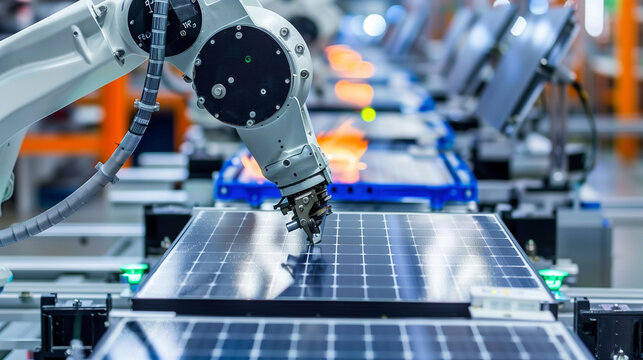

At a time when all of us would love to see lower energy prices (especially Treasurer Jim Chalmers who wants inflation down and the RBA to cut interest rates), the only price cuts are for those who sell solar panel energy to the grid.
And it looks like ‘mum & dad’ Australians are being taught the hard lesson of economics: market forces can give you a kick in the hip pocket, with Energy Australia planning to cut a third off the price it pays for energy delivered from solar panels on household rooftops.
This tough dose of ‘real world’ economics is expected to have unexpected consequences, as the AFR’s David Marin-Guzman explained. “A reduction this week in the price of solar offered by Energy Australia (EA) is the latest in a series of price cuts by power companies that is expected to prompt households to change their power consumption habits, including when and for how long they use appliances,” he wrote.
More on that later.
EA, the third biggest energy retailer in Australia, has told its rooftop energy suppliers who sell their excess energy to it, that as of October 1 they’ll
get 5 cents a kilowatt hour, instead of the 7.6 cents they’ve been receiving.
EA has now joined AGL and Origin Energy in reducing the price paid for rooftop-generated energy to 5 cents. Gee, doesn’t it look like collusion on price by these three businesses?
In reality it is, but the price change is supported by the New South Wales Independent Pricing and Regulatory Tribunal, which has objectively looked at the supply of energy from all sources and then determined that rooftop suppliers should get less.
In the world of economics, oversupply leads to price falls and that’s what’s happening now. But this could change if we have a very hot summer and we all turn on our air conditioners, or if we get serious cold snaps and heaters are pumped up.
Experts think the problem of oversupply could be fixed if consumers consumed energy at different times, meaning they could use their own solar-generated energy better, give less to the grid and reduce their bills on energy from the likes of AGL, Origin and EA.
Quoting Gavin Dufty, the national energy director for the St Vincent de Paul Society, Marin-Guzman relayed the following advice: “The challenge for consumers was to change their consumption behaviour to get the most out of their solar…A whole lot of people are chasing feed-in tariffs, but it’s in their interest to change their consumption patterns.”
Dufty added: “If you’ve got a battery, you can suck it up, or you can switch on the dishwasher in the middle of the day or heat up your house. If you’ve got solar you want to use it. That pays the biggest dividend, way more than a feed-in tariff.”
While this might be good advice, a lot of Australians might think they’ve been sold a pup or taken for a ride with their decision to opt for solar, especially if the economics to invest in rooftop panels was made to look more attractive because of the potential paybacks from the energy retailers for supplying power to the grid.
Economics can be a mean mother at times!